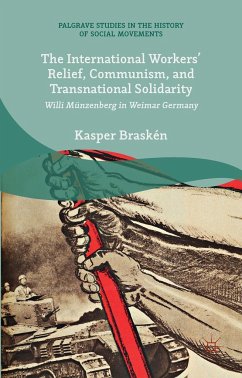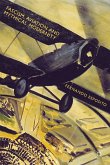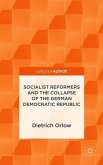The first major study on the making of new cultures, movements and public celebrations of transnational solidarity in Weimar Germany. The book shows how solidarity was used to empower the oppressed in their liberation and resistance movements and how solidarity networks transferred visions and ideas of an alternative global community.
"Braskèn's account of the IAH's short history is very much appreciated for bringing transnational proletarian alliances and ambitions to scholarly attention. His study breaks new ground in addressing transnational and global connections of early 'proletarian internationalism' and is a remarkable and detailed reconstruction of how proletarian solidarity networks transferred visions and ideas of an alternative global community in the interwar years." (Tilmann Siebeneichner, German History, Vol. 34 (3), September, 2016)
"This book deals with the history of the International Workers' Relief or IWR and the pivotal role that Willi Münzenberg played in it. ... This is a well-written book, based on archival material from Germany, Russia and the Netherlands. ... overall Braskén has produced a highly valuable contribution to the history of the international communist movementof the 1920s." (Mario Kessler, European History Quarterly, Vol. 46 (2), January, 2016)
"This book deals with the history of the International Workers' Relief or IWR and the pivotal role that Willi Münzenberg played in it. ... This is a well-written book, based on archival material from Germany, Russia and the Netherlands. ... overall Braskén has produced a highly valuable contribution to the history of the international communist movementof the 1920s." (Mario Kessler, European History Quarterly, Vol. 46 (2), January, 2016)








